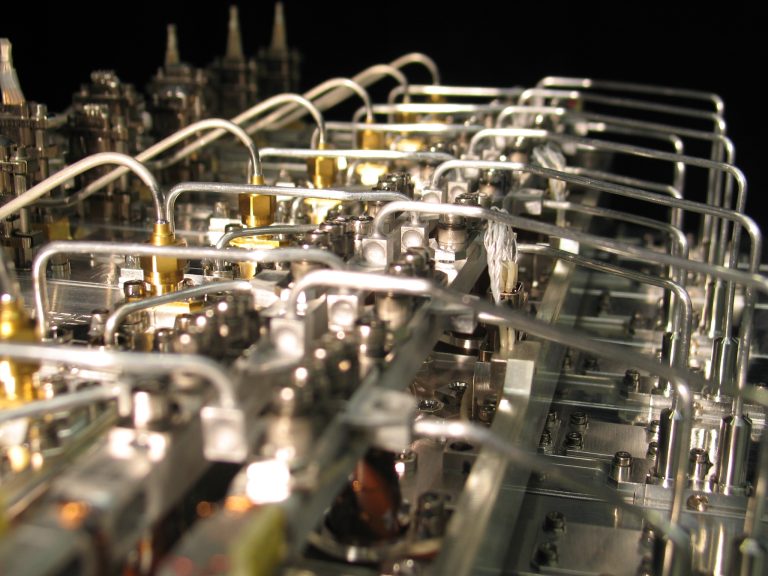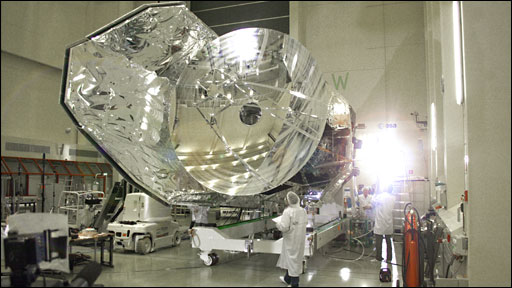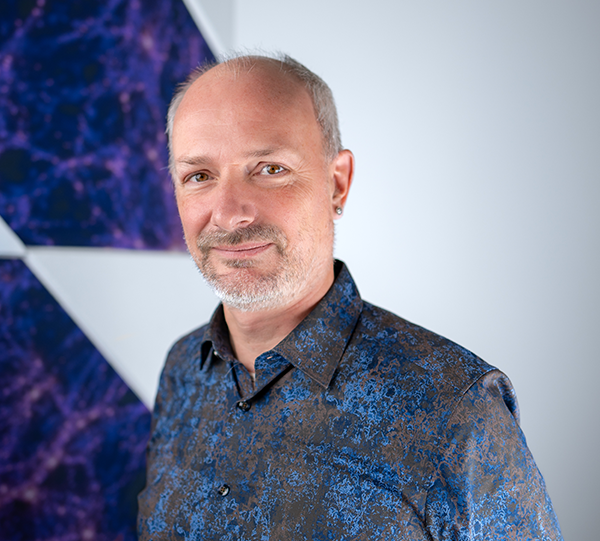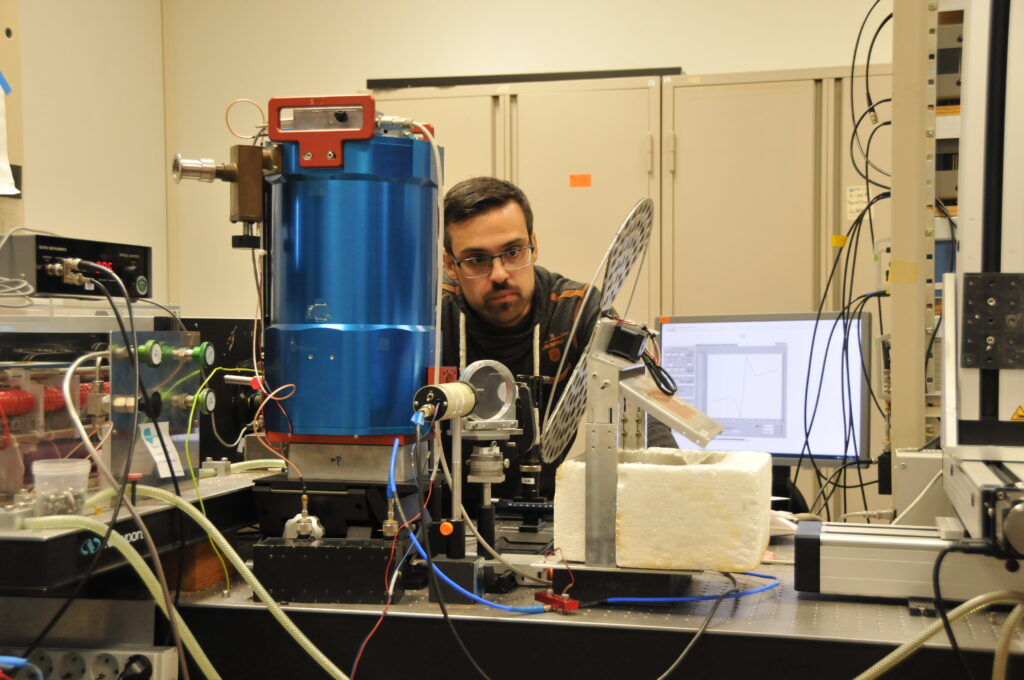| Status | Legacy |
| Launch | 2009 |
| Space organisation | ESA |
| Type | Infrared (55 – 672 µm) |
| Orbit | Heliocentric (L2) |
| SRON contribution to | HIFI |
New stars from gas and dust
New stars and planets form from the gas and dust between existing stars, in interstellar space. Water plays a major role in this. Herschel tracked the journey that water molecules take during the birth of a star. Most of the water is formed as ice on tiny dust particles in the cold and tenuous interstellar clouds. When such a cloud collapses into a precursor star, the water appears to remain virtually unaffected. Then the bulk of the water is quickly anchored in dust particles the size of pebbles. In the rotating disk around the young star, those pebbles then form the building blocks for new planets.
Water as a tracer
Thanks to Herschel, astronomers were also able to use water as a tracer to visualise the different stages of the star formation process. For example, they saw the shock waves associated with star formation and the bundles of gas and dust flowing toward the star during the first stage of its birth. They also mapped the cold ice reservoirs at the outer edges of the star-forming disk. The hot water vapor present is ejected by the jets of the young star.
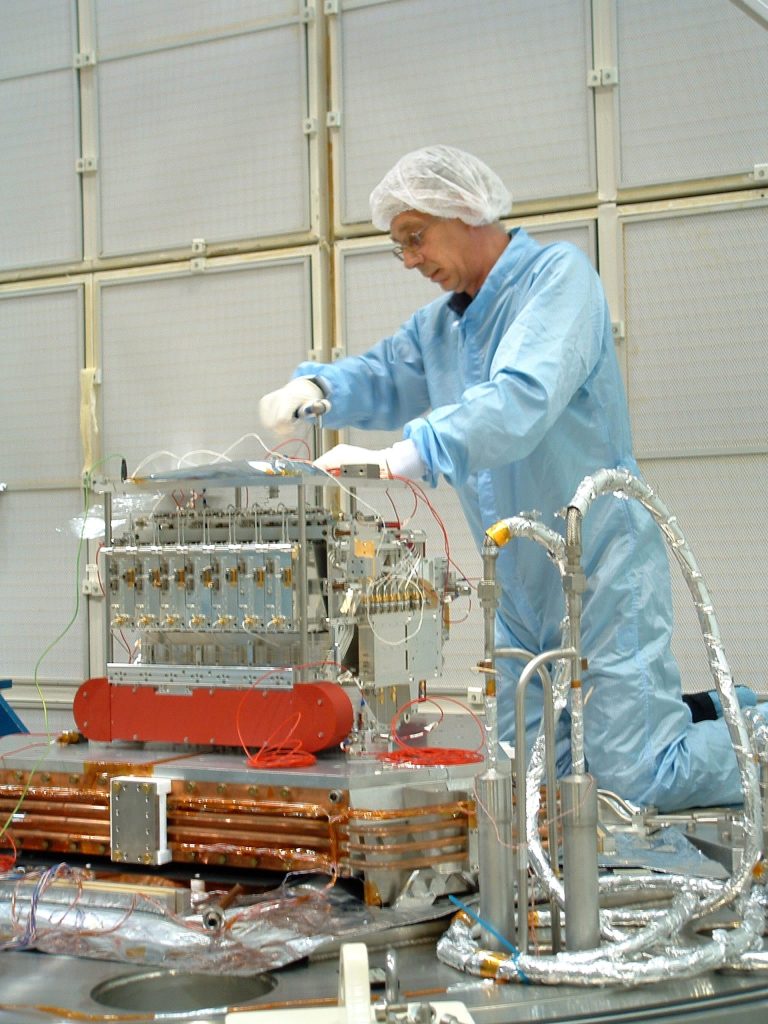
Herschel's infrared spectrometer HIFI
Herschel beschikte over de grootste spiegel die ooit in de ruimte was geweest op dat moment. De drie ruimte-instrumenten aan boord ontvingen daardoor een ongekend grote hoeveelheid informatie uit het heelal. Eén daarvan was het HIFI-instrument, een spectrometer waar SRON de leiding over had. Om de opgevangen infraroodstraling goed te kunnen uitlezen, mixte HIFI het inkomende signaal met een referentiesignaal tot een gecombineerd signaal dat zich beter liet verwerken (heterodyne techniek). Dat deed het onder meer met ‘Hot Electron Bolometers’, die SRON later ook ontwikkelde voor GUSTO.
